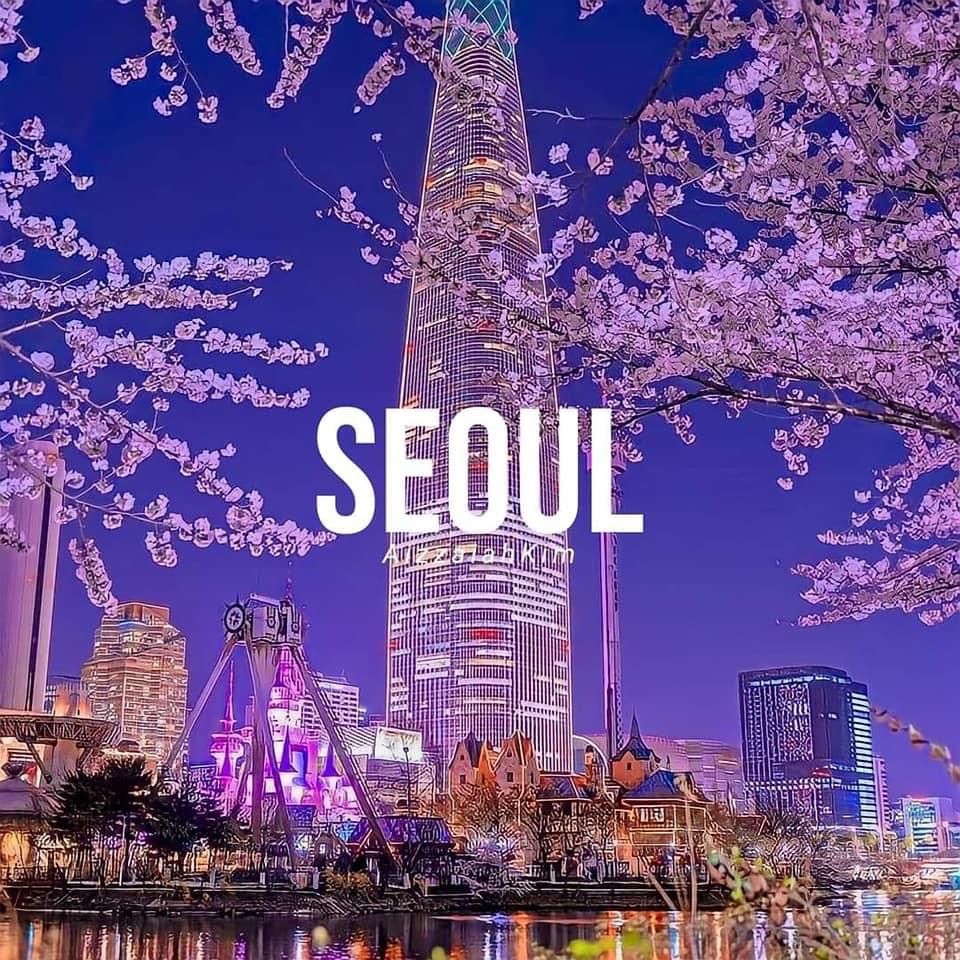Tourism is a dynamic and multifaceted industry that has a profound impact on global economies, societies, and cultures. For any country, tourism holds paramount importance worldwide. It plays a crucial role in the development and sustainability of cities and countries worldwide.
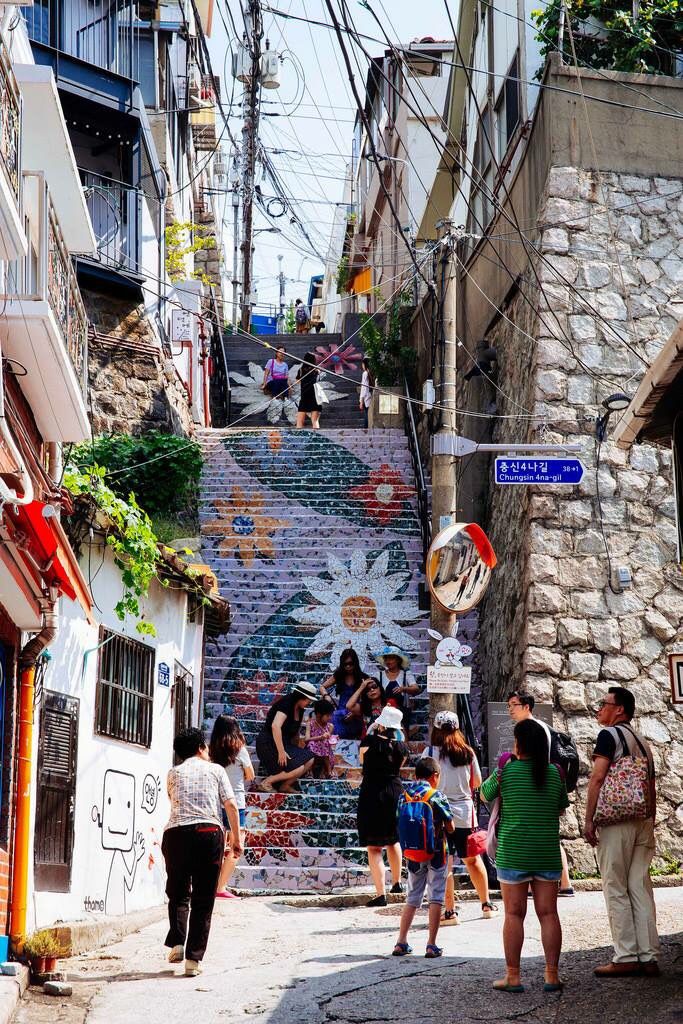
Tourism benefits and boosts the economy of the country by generating revenue and creating jobs and business opportunities. With tourists coming in, the exchange of social and cultural values is inevitable, and it also provides a significant experience for both tourists and residents.
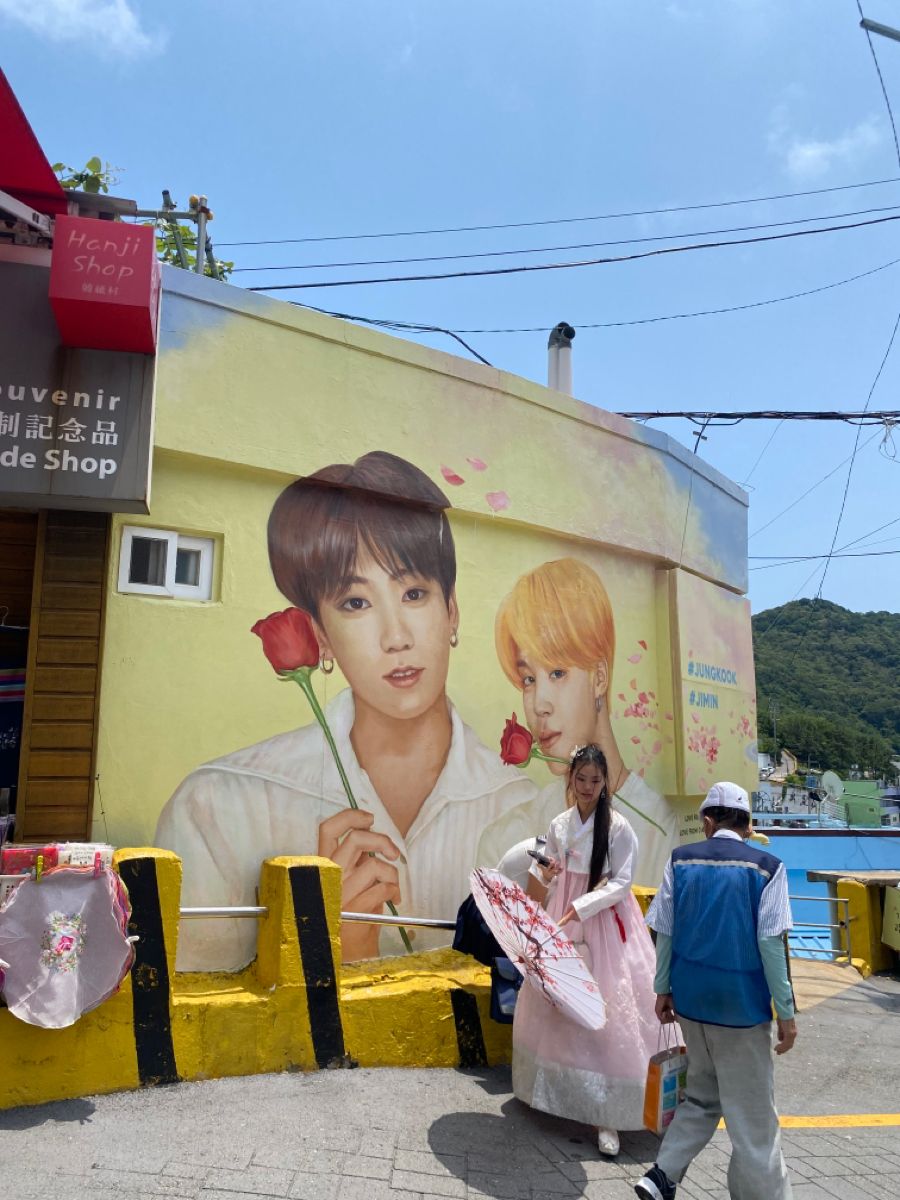
With the rise in popularity of K-Dramas and K-Pop (BTS), South Korea has in recent times seen an influx of tourists from all over the world. People want to take a stroll in the lanes and suburbs of Seoul, where their favorite Doonas and Oppas have walked.
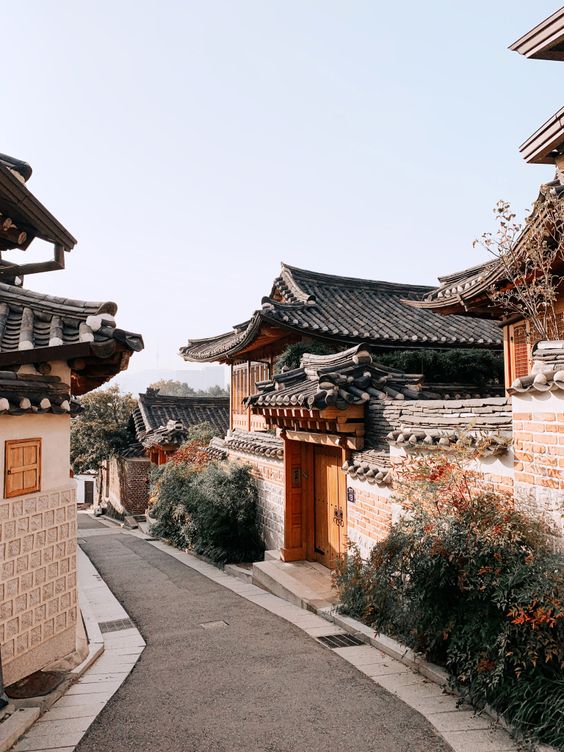
But with all the upsides, the situation has its downsides too. According to a report in South Korea’s CNN, a Seoul neighborhood is so crowded with tourists that the government is taking over the issue. Authorities in South Korea have announced stricter controls and measures to protect a historic traditional village district in downtown Seoul from the hoarding of tourists in its streets, causing friction with residents.
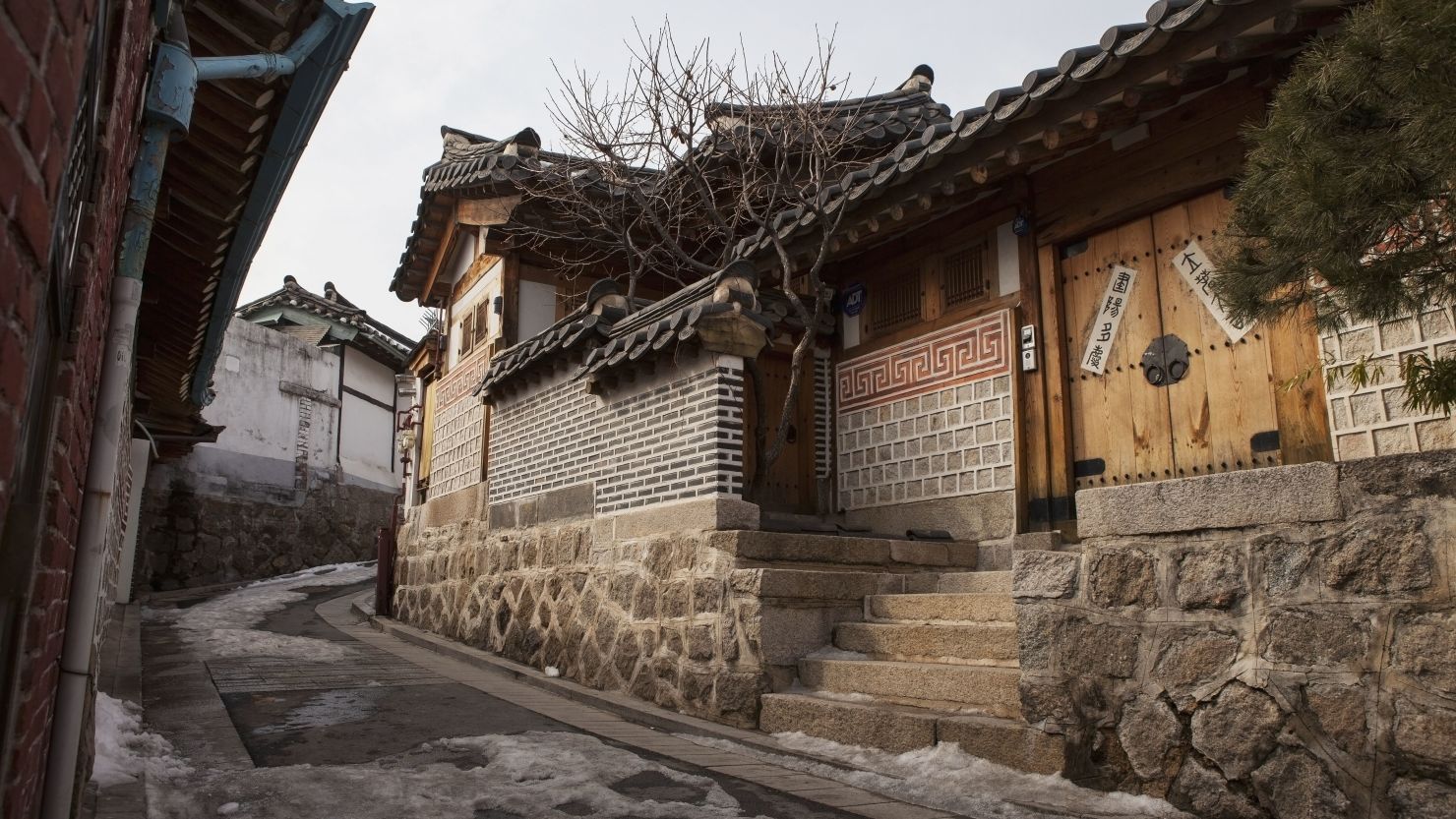
Seoul’s picturesque and well-preserved traditional Korean houses (hanok) in Bukchon Hanok Village are one of the most popular tourist hot spots, receiving thousands of visitors every day.
Among many, Bukchon is a cultural landmark located in the Jongno district in downtown Seoul, similar to the Jongmyo royal ancestral shrine and the grand Changdeokgung and Gyeongbokgung palaces.
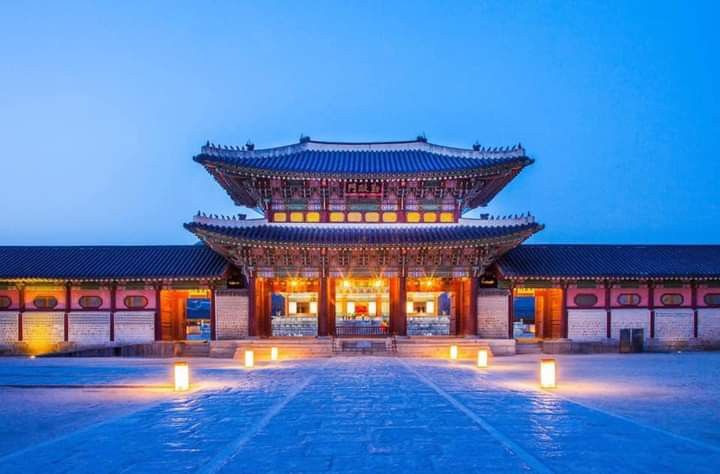
During the Joseon dynasty, which controlled Korea from the 1300s until 1910, the region was formerly home to nobles and high-ranking officials. Approximately 6,000 people live in the neighborhood now, along with establishments including cafes, craft shops, and inns, as well as several well-known photo and shooting locations.
According to CNN, tourists usually leave the place after sunset anyway, as they’re mostly there to take photos. “In the winter, visitors are gone by 5 p.m., and during the summer, maybe by 6 p.m. because the days are longer, this won’t make a big difference,” Lee, the local café owner, told CNN.
Over the years, it has been observed that tourists have greatly outnumbered residents. Issues like littering, privacy, and complaints about noise in the vicinity have escalated in recent times. In a bid to control crowds and ease tensions, district officials will start restricting tourist access to the popular village as early as October this year. It will be designated the country’s first-ever “special management area” under South Korea’s Tourism Promotion Act.
For non-residents, strict curfews will be reinforced daily between 5 p.m. and 10 a.m. Chartered buses carrying tourists will be restricted in several sections. The objective is to reduce traffic and make Bukchon “foot-centered,” officials said.
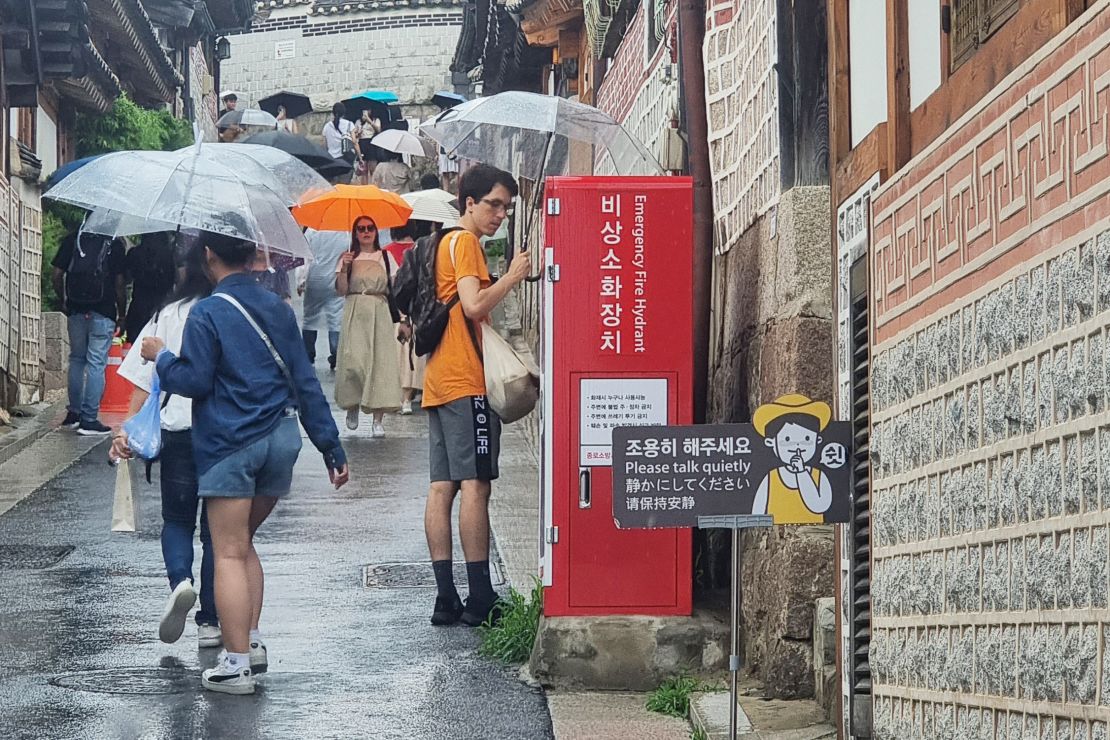
To help local authorities manage crowds in the areas, three color-coded zones—yellow, orange, and red—will also be established. Infringers will also be subject to fines, according to officials. In 2018, authorities installed the four-language signs cautioning visitors to noise levels in response to public complaints.
But Seoul isn’t alone. Many global cities are struggling to find a balance between much-needed tourism revenue and maintaining their appeal to residents. Japan is also facing tourism issues since the nation’s post-pandemic reopening. There are more and more human traffic bottlenecks on Mount Fuji’s slopes, trash-filled foothills, and unruly tourists.
Recently, tourists visiting Barcelona were sprayed with water by protesters marching through popular areas to demonstrate against mass tourism in the city. Italy also introduced a trial fee in April to limit the number of day trippers in the lagoon city of Venice.

To ensure a respectful, safe, and enjoyable experience for both yourself and the locals, a tourist in any country can contribute positively to the places they visit and help promote sustainable and respectful travel practices.
Credits Images & Info: Pinterest.com, edition.cnn.com, youTube.com

